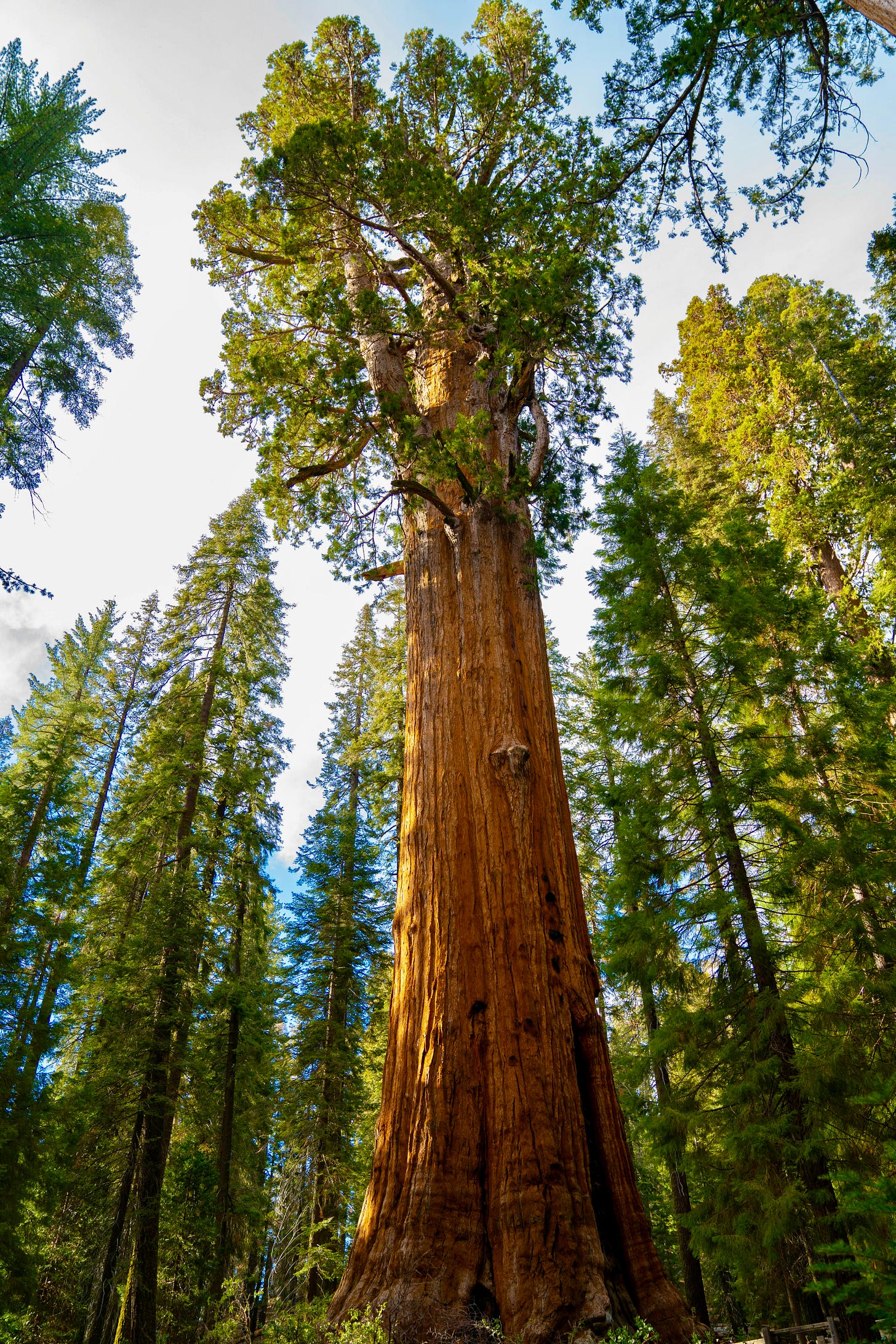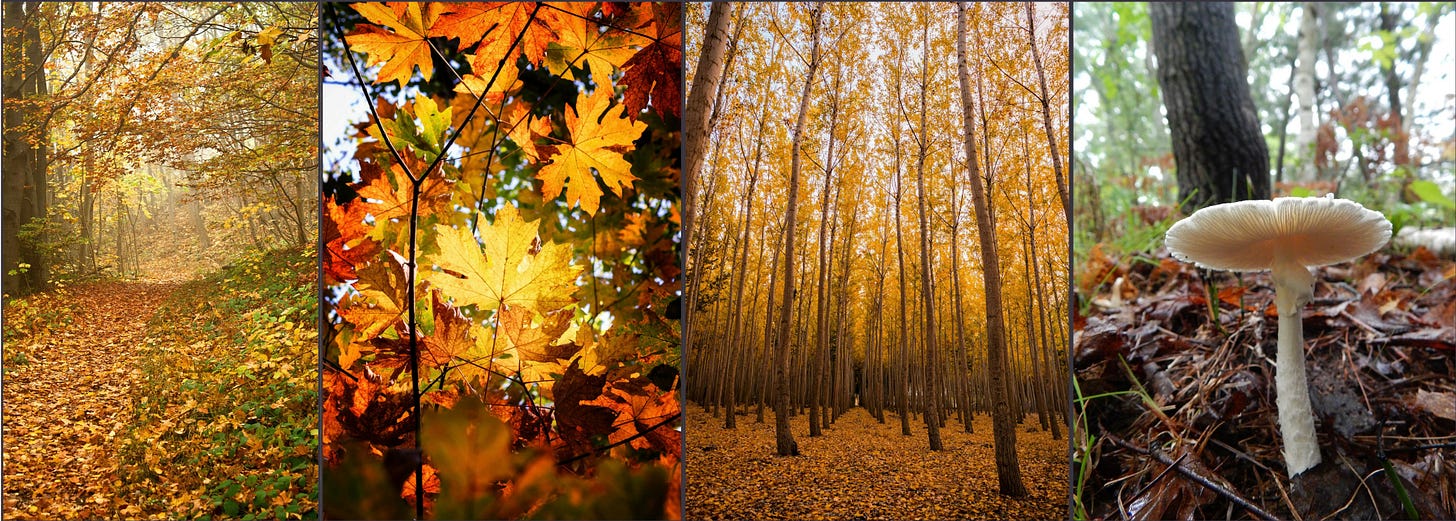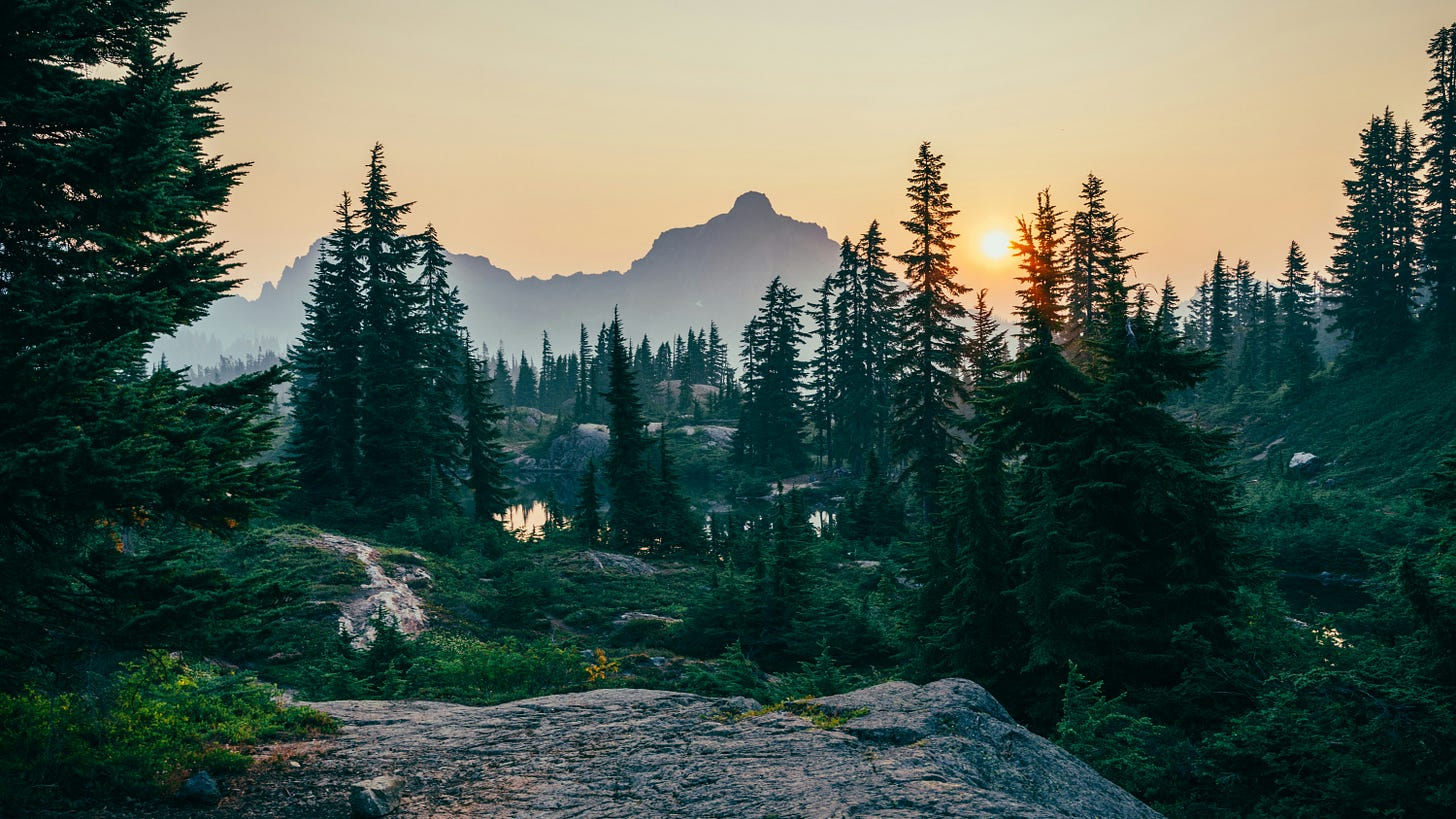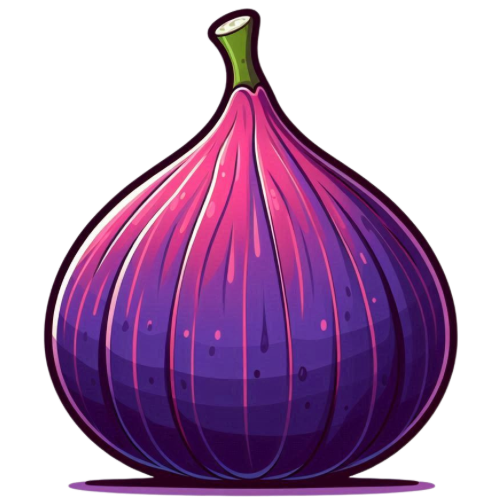Who Fertilizes The Forests?
Are fertilizers necessary? What makes a good fertilizer for trees?
I am fascinated by the self-sustaining beauty that is our earth. There is nothing like the feeling of aliveness when walking through a forest. It vibrates and sings of Earth’s energies and natural rhythms. It feels like it feeds our souls just being there.
When you look at a lush forest, do you ever wonder what kind of fertilizer it uses? No? Me neither. I wonder why that is? I mean, almost every square inch is growing with something and yet it never runs out of resources.
When we think of growing human-cultivated plants, one of the first thoughts involves what to use to feed the plants. Whether that is to have the most enviable garden in the neighborhood or just to have healthy, productive plants, we think fertilizer. Do you think it is because of decades of commercialization drilled into our heads, or does something within us tell us we need to imitate nature?
A forest feeds itself by the animals that live in it with their dung or corpses, through the natural fungi that grow in it, to the recycling of nutrients back to the earth through fallen leaves and finished plants. Not only does it sustain the little plants, but it also grows massive trees that live for centuries, outright monarchs of glory in the land. I could not imagine a more perfect design. No one needs to do anything, it takes care of itself.
It seems like nature has it all figured out. So, how did we get into this situation of needing to buy fertilizers?
Where did chemical fertilizers come from?
Throughout much of recorded history, humans used manure, minerals, and wood ash to boost productivity in their cultivated lands. This isn’t all that dissimilar to what a forest itself does and it worked for thousands of years. Despite certain agricultural downfalls in history, the fact that the human population is alive and well today proves that system provided sustainable food.
There were developments with minerals and nitrogen in the 18th and 19th centuries. But it really was World War II that changed how we fertilize on such a massive level. Bagged fertilizer started to be a “thing” from leftover synthetic nitrogen in the explosives industry. There was a ton of extra nitrogen from the war so explosives factories were turned into plant growth (explosion) factories to make use of it. Add some sodium and bingo, it doesn’t blow up the store.
There are issues with only using nitrogen so its application was somewhat low and mostly used on industrialized crops. That is until the 1960s when NPK (nitrogen, phosphorus, and potassium) became popular, and we now had a “balanced” fertilizer. That decade is when the biggest jump in bagged synthetic chemical fertilizer happened and it has only climbed since.
If we look at the entire length of human existence though, it really is a relatively short amount of time that humans have relied upon synthetic fertilizers. Less than 100 years ago, all plant available nitrogen was produced by microbes. All of the nitrogen in our bodies was naturally produced, whereas today half of that nitrogen inside of us comes from synthetic sources.
Is this better than nature?
A lot of people probably haven’t given much thought to how plants eat. Many think they are taking the modern, advanced approach by following directions on a package of bright blue colored powder with a “guaranteed analysis” of man-made chemicals. Perhaps the gardener thinks, “Isn’t it better to let chemistry take over even if we don’t really understand it?”
Well, nitrogen causes growth in plants, right? So, that's a good thing. More growth + more yield = good. 👍
Yes, and anabolic steroids cause growth in humans too. More growth + more muscle yield = good. 👍 Right???
How would your health be if you tried to subsist on anabolic steroids alone? Hold on, hold on. Plants also get the P & K, so let's add a calcium rich electrolyte beverage for you in the form of synthetic milk as well. Are you healthy now?
As ridiculous as that might sound, it is essentially what we’ve been doing to plants. Just as you need more to be healthy, and it's not all about artificially stimulating muscle mass, plants need more elements than NPK to be healthy, and it's not all about forcing yield. A plant is what it eats. Those plant cells result in much of what we are, what our animals are. If we want the best nutrition possible, we need to feed our plants properly.
Unfortunately, we are learning more and more about the grave mistakes of relying on chemical fertilizers. Waterways have had alarming spikes in phosphorus and nitrogen pollution which have had detrimental effects on ecosystems. There are also negative impacts on soil life from artificial fertilizers, the very things meant to feed plants.
Long-term use of synthetic nitrogen fertilizer depletes carbon in soil which then depletes its ability to even hold onto nitrogen. This means it requires more synthetic fertilizer to continue to have any result. An absolute irony for growers, not so much for those who profit from increased application.
Research shows there are problems with additional pest pressure from chemical fertilizer use as well:
“Cultural methods such as crop fertilization can affect susceptibility of plants to insect pests by altering plant tissue nutrient levels. Research shows that the ability of a crop plant to resist or tolerate insect pests and diseases is tied to optimal physical, chemical and mainly biological properties of soils. Soils with high organic matter and active soil biology generally exhibit good soil fertility. Crops grown in such soils generally exhibit lower abundance of several insect herbivores, reductions that may be attributed to a lower nitrogen content in organically farmed crops.
“On the other hand, farming practices, such as excessive use of inorganic fertilizers, can cause nutrient imbalances and lower pest resistance. More studies comparing pest populations on plants treated with synthetic versus organic fertilizers are needed. Understanding the underlying effects of why organic fertilization appears to improve plant health may lead us to new and better integrated pest management and integrated soil fertility management designs.”
-Altieri & Nicholls, “Soil fertility management and insect pests: harmonizing soil and plant health in agroecosystems.” Elsevier’s Soil & Tillage Research Journal
What we have found the hard way, is that chemical fertilizers are not the great beneficial thing they were once thought of as being and it leads to a spiral of dependence on additional products. But what I find interesting in the above research article, is that they also tell you the solution: high organic matter and active soil biology. Literally nature’s way.
This article isn’t meant to be a list of negatives associated with the use of synthetics in the garden though. As mentioned at the outset, I find nature fascinating and it's this fascination I want to share with you.
Have you ever considered:
When does a forest measure NPK?
»» It doesn’t, ever.
When does a forest require a soil analysis so it can “correct” imbalances with a purchased product?
»» It doesn't, at all.
The only reason to measure those things is if you are altering soil chemistry with something unnatural to it so the measurement matters in order not to kill the plant. Only chemical gardeners need to worry about these things, natural gardeners do not.
Nature on its own does not have to worry about burning plants from fertilizer salts. It does not have to worry about pH. It doesn't find out years later of an essential nutrient it didn't know about before. It doesn’t have to worry about crop rotation. It doesn’t have to worry about destroying ecological systems with pollution— it creates the ecological systems!
So, if nature creates the system, maybe we should take another look at it to see how it made it to work? It seems the answers are already there and that is true science after all.
A look back at nature…
What many don’t know is that every soil type in the world contains everything a plant needs to grow (including nitrogen), which is why plants grow without humans tending to them. If you’ve ever seen a tree growing out of the side of a rocky cliff, you’ve unknowingly seen an example of this.
Nitrogen is in the atmosphere and there are built in biological ways to get it from the air into the soil. Lightning strikes break the N2 bond of the nitrogen in the atmosphere. The resulting nitrogen oxides are then dissolved in rain and converted to plant available nitrates. Thunderstorms fertilize our lands.
Certain types of microbes in the soil and ocean are able to convert atmospheric N2 into plant-available forms. It is then recycled through the food chain by those who eat the plants and excrete it out later, or when their bodies decompose after death. That is through animals and us! We give the soil nitrogen through our waste.
How Do Plants Eat?
Plants eat through microbiology. Decomposition is what transforms dead and decaying matter into essential nutrients that replenish the soil, making them available for use by the plants. It is the fungi and bacteria, along with worms and certain insects, that break down the organic matter into these simpler compounds.
Fungi form symbiotic relationships with plants, particularly trees, through mycorrhizal associations. They enhance water and nutrient uptake for plants, while receiving carbohydrates produced by the plant through photosynthesis in return. They help each other to eat and thrive.
This is through root exudates. Nutrients go into roots, and exudates come out. These exudates are amazing because they are custom made by the plant to attract the bacteria and fungi it needs to survive. They are able to modify which nutrients they receive in this way. Exudates also help to adjust soil pH around the plant according to the need. These help to adapt the ecology in the soil to create the system it needs for health and growth.

Benefits Of Allowing This Process
A plant nourished as it’s meant to be nourished is a strong plant. It has stronger cell walls, proper growth, lower pest pressure, and is better able to regulate water. This is a happy plant and it will give happy, nourishing fruit.
Alive soil benefits our water as well. Healthy, living soil absorbs rainfall, retains and cycles the water, and it cleans the water on its way to aquifers, creeks, rivers, and oceans.
What does this all mean? It means we don’t need synthetic fertilizers, we need good soil microbiology. Soil already more than superabundantly contains every element needed for plant nutrition. It’s the microbiota that unlock it and make it available to plants. We need to bring that balanced life to our gardens. That is nature’s key.
Imitating nature with your fig forest
Bringing In Fungal Dominance
What do trees like in a forest? Fungus. The fungal-bacterial ratio is usually around 0:3 to 1:1 where grasses, annual grains, and vegetables are grown. But orchard trees and other woodland or forest plants thrive in a soil with 10:1 to 50:1 ratios. Fungal dominance improves fruit production and flavor as well.
Conversely, nitrogen favors bacterial dominance— the opposite of what trees prefer. Bacterial dominance and nitrogen are good for fast growing plants. But if you look at how nature feeds deciduous trees, it is with fallen leaves. More carbon matter is put around trees which increases fungal hyphae and mycelium growth that forms that symbiotic relationship with trees.
So then what do we have to do? Not much. Nature gives us a free gift and does the hard work for us. We just need to let the microorganisms live and do their job.
We do that by assisting with their food since we have taken the tree out of the forest. This means putting part of the cycle back in with fungal dominant composts and mulches. This can look like applying compost, worm castings, aged manure (herbicide free), or fallen leaves in the drip line of trees and covering that with wood chips twice a year, spring and fall. That’s it.
What if you grow fig trees in pots like I do? We basically can do the same thing, it’s just on a smaller scale and may need to be applied more often since nutrients are watered out of pots. I’m also careful about using manure in pots around the house and may stick to something less smelly, like worm castings. Compost teas or fermented extracts are also great for pot growers.
Fish amino acids are another option, and are easy to make as well. I may also use some natural minerals, like langbeinite, wood ash, or basalt if I feel they are needed since potted trees do not have access to a rocky subsoil layer.
Leaf Mold Soil To Inoculate Our Yards
One common element in soil building practices is to use forest soil as an inoculant. This is also called “leaf mold soil”. This means going to a local forest where deciduous trees grow, picking out the biggest, healthiest tree there, gently brushing aside the top leaf layer at the base of the tree, and taking some of that microbial & mycelium rich soil that is underneath the leaves. Only a small amount at a time is needed, and a Ziploc bag or a small bucket can work well for this. (Of course, we put the leaf layer back before we leave.)
That local forest which has existed for hundreds, if not thousands, of years has all of the microbial life necessary for plants to thrive in our environment. It is complete. When we use that local leaf mold soil, that means our yards are being inoculated with the microbial life needed to thrive in our given climates. It can help to build weather resilience, to deal with pests & diseases, and to just be healthier overall.
This soil can be used to inoculate wood chips, compost piles, teas, and fermentations. Fungal dominance usually requires things higher in carbon instead of nitrogen. So this means having a higher “brown” ratio in composts and utilizing leaf litter when possible. It also means not turning things over very often so that the mycelia isn’t broken.
Who fertilizes the forest?
It’s already built into the design. It fertilizers itself. If nature wanted it, it would have made it. And it did, usable nitrogen is in what we flush in the toilet every day, it’s in summer thunderstorms, it’s in plant matter, and soil microbes convert it into bioavailable forms all the time.
But it is so much more than just nitrogen. It is all the mineral elements, it is bacteria, fungi, protozoa, nematodes, and more. It is everything, including the things we don’t know about yet. It is complete, it is balanced, and it is not harmful— it makes better.
It seems to be the hubris of humans to think they can do better than the very thing that started all life. In trying to improve upon it though, we break it in our haste. Nature will always surpass us in its wisdom. It is innate and a part of the totality, a part of us, for all millennia. It is Earth’s ethos to grow and sustain. And it has elegantly worked in a way humans have been unable to surpass.
It is our teacher, so let’s learn from it. It is a closed-circle system that wastes nothing and is beautiful in its efficiency. So let’s use it and use it well for nutritious and good tasting produce. We are indeed a part of the system too and it is our right as denizens of this earth to enjoy it.
So how are we going to end this one?
You and me. Drinking something warm. Enjoying this view together and... contemplating life, soil life that is. Here’s yours ☕️. And here’s mine ☕️.
Take care, friend, and may your heart be nourished as well as your plants. 💜













So true! Synthetic fertilizers ,and pharmaceuticals are just petrochemicals that are repackaged and sold to the public. Two facts that speak to the importance of the living soil ecosystem are;
That 66% to 75% of soil N is found in microbial proteins.” That being said….Co2 is more important to high crop yield, than N , or any other mineral elements”… mimicking the forest floor is the real deal when it comes to creating fertility.